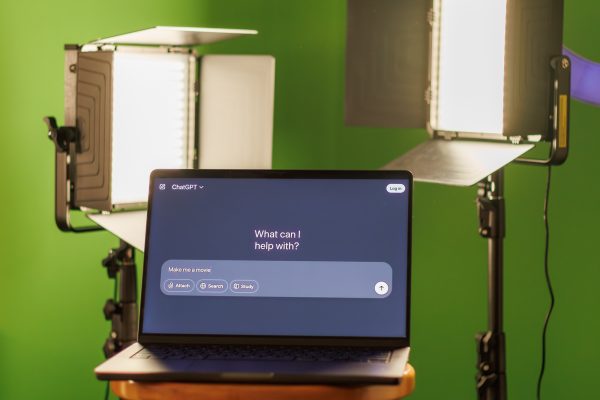Texans must prioritize voting issues like they did the senate race
The efficiency gap could bring about radical change in the legislature.
The most common questions that have dominated news feeds post-election concern whether Texas is turning purple and whether Beto O’Rourke will run for president.
While both can be fun to ponder, we shouldn’t spend our energy on these matters beyond discussion. Instead, we should shift our attention to their roots, which is how Texans can most easily reach the polls and ensure their vote is fairly counted.
The key to doing this is by looking outwards at what other states are doing–especially states like Colorado, Michigan, Utah and Missouri, where voters approved new redistricting systems. The most notable system is in Missouri, which will be the first state to use a mathematical formula meant to drive competitiveness in its state legislative districts.
This formula, referred to as “the efficiency gap,” accounts for the understanding that seat share of a party should increase 2 percentage points for each 1 point gain in its statewide vote share.
Texas adopting this formula could turn a new leaf in the makeup of the legislature, which is why Republicans will ignore practices such as this; their eye is set on continuing their gerrymandering reign when maps are redrawn after the 2020 census.
The Tyler Morning Telegraph provided numbers that help put this into perspective. Their analysis of secretary of state data shows the average Democratic gain in large counties was 4.8 percentage points. Meanwhile, Republicans saw an average dip of 2.5 percentage points in large counties.
Now, this doesn’t necessarily tell us the end calculations of the efficiency gap, but it’s reasonable to conclude there are democratic leaning shifts in Texas. One way to truly find out would be through a nonpartisan state demographer, as Missouri will now have.
Besides that, Texas also needs to be equipped with the means of a hassle-free voter registration process and fewer troublesome tactics at the polls.
Online voter registration and same day registration is a must moving forward. While Texas received regular blows for its low voter turnout leading up to this year’s midterms, we cannot continue to blame people who stay at home. Yes, some of them are apathetic, but there are others for whom taking the time to register is an inconvenience they cannot afford. Not everyone attends university where professors are hounding you to register or registration forms are right outside the dining hall. For some, it it time out of their nine to five, an extra trip on the bus or time that will make them late to picking their children up from school.
Physical forms do not work anymore. It’s like the hanging chad fiasco of 2000. We learned from our mistakes and discontinued punch card ballots.
But in Texas, we look at our poor turnout numbers and the hoops people have to jump through just to register and do nothing.
Finally, and perhaps most importantly given projected demographic shifts, is voter ID laws. These have disproportionately hindered minorities from voting. Even worse, there’s no evidence to suggest that angry voters have counteracted their disenfranchisement as they have in other states.
So, that’s my wish list for changes to the voting process in Texas. It’s not as simple as shouting Beto 2020 into the void, but it’s what I want so badly for my state. Those who have perpetuated these practices for years are banking on us turning a blind eye to or becoming distracted. Let’s prove them wrong.






